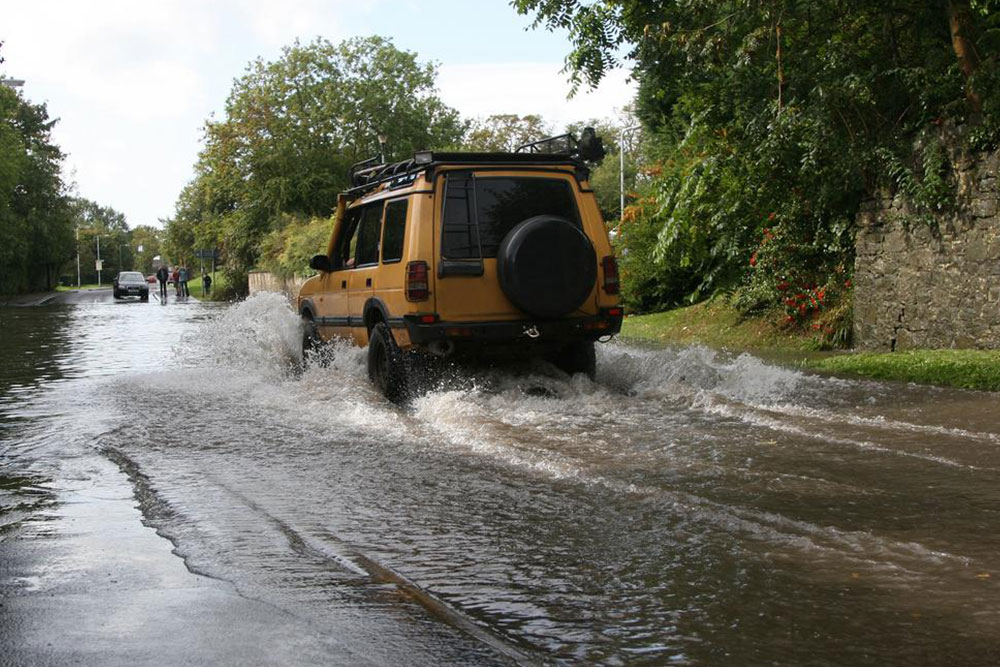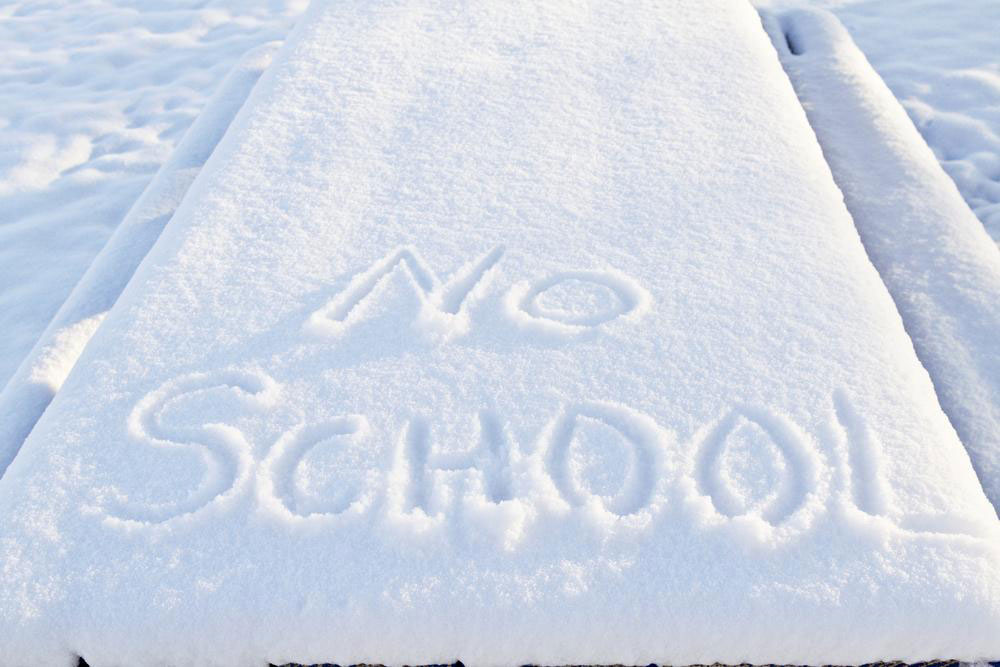Comprehensive Guide to School Closure Announcements: Top 4 Reasons and Their Impact
This comprehensive guide explores the top four reasons why schools announce closure schedules, including holidays, weather-related closures, emergencies, and strikes. Understanding these causes helps families plan better and respond effectively, ensuring safety and continuity during disruptions.

Comprehensive Guide to School Closure Announcements: Top 4 Reasons and Their Impact
School closure announcements serve as a crucial communication tool for educational institutions and communities alike. These announcements inform parents, teachers, students, and the general public about upcoming days when schools will remain inaccessible due to various reasons. Understanding the core reasons behind these closures is essential for families to plan accordingly, ensure safety, and stay informed about potential disruptions to learning schedules. In this article, we explore the top four reasons why schools announce closure schedules, highlighting their significance, how they are communicated, and their broader impact on communities.
Holidays and Major Celebrations
One of the most common reasons for school closure announcements revolves around scheduled holidays and major celebrations recognized nationally or locally. These holidays include occasions such as Independence Day, Thanksgiving, Christmas, New Year’s holidays, and other cultural or religious festivals. Schools typically publish an annual academic calendar incorporating these dates well in advance, allowing families ample time to plan vacations, festivities, and travel arrangements. Advanced notice about holiday closures helps prevent last-minute confusion, supports effective planning, and ensures that students and staff can seamlessly transition between school routines and holiday celebrations. Additionally, these holiday breaks serve as important periods for rest, rejuvenation, and family bonding, making their advance announcement vital for smooth community functioning.
Weather-Related Closures for Safety
Severe weather conditions are a significant cause of school closures across various regions. When adverse weather events, such as hurricanes, snowstorms, heavy rainfall, flooding, or extreme heatwaves, threaten the safety of students and staff, authorities take proactive measures by declaring school holidays. These closures are typically guided by government-issued weather advisories, safety protocols, and regional emergency management agencies. The safety of children is paramount; thus, schools follow official guidance to prevent accidents or health risks associated with dangerous weather conditions. Official notices about weather-related closures are shared via school websites, local news channels, social media platforms, and direct communication with parents. These updates include details about the expected duration of closure, alternative learning arrangements if any, and safety tips to follow during adverse conditions.
National and Local Emergencies
In situations of national crises or emergencies, school closures become necessary to protect students and staff from harm. Such emergencies may include natural disasters like earthquakes, tsunamis, or wildfires, as well as safety threats related to security breaches or disease outbreaks. During these times, governments, health authorities, and school administrations coordinate to issue timely closures. These precautionary measures aim to minimize exposure to dangers, prevent panic, and mobilize emergency response efforts effectively. When a crisis occurs, schools typically communicate closure decisions swiftly through official channels, including press releases, government alerts, and media updates. This ensures that families are promptly informed about the safety measures and any instructions necessary for staying safe during crises.
Labor Unrest and Teachers’ Strikes
Though less frequent, teachers’ strikes or industrial actions are notable reasons for school closures. When educators demand better wages, improved working conditions, or policy changes at local, regional, or national levels, strikes may disrupt the normal school schedule. Large-scale strikes can lead to widespread shutdowns, affecting hundreds or thousands of schools over extended periods. During such times, education authorities coordinate with unions and communicate closure notices through media outlets, official websites, and direct messaging to affected families. These closures, while disruptive, often aim to advocate for better educational conditions and ensure the safety of both students and staff during times of unrest. Parents and students are advised to stay informed through official updates to understand the duration and impact of such closures.
Overall, school closure announcements are essential tools that protect the safety and well-being of students while also aiding families in planning their schedules around these closures. Whether driven by holidays, weather conditions, emergencies, or labor actions, effective communication ensures that the community remains well-informed, prepared, and resilient during times of disruption. For educators, parents, and students, understanding the reasons behind school closures helps foster a collaborative approach to managing unexpected changes and ensuring minimal disruption to learning and daily routines. With advances in technology and communication channels, receiving timely updates has become easier, contributing further to community safety and preparedness.





